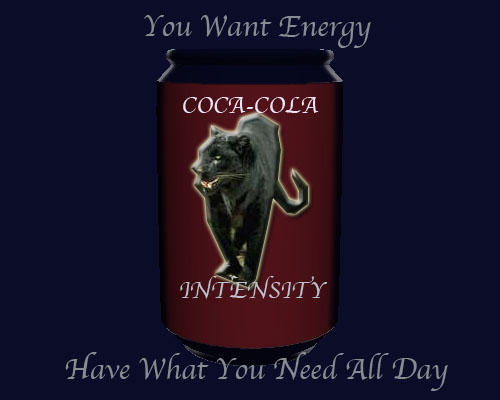
There was a dip in soft drink sales for a few years after the ban of cyclamate in 1969. Cyclamate was the common sweetening agent used in soft drinks. Because of the ban on cyclamate, Pepsi-Cola launched Pepsi-Light using saccharin as their sweetener but quickly fizzled out as high fructose corn syrup was introduced in 1974. The introduction of high fructose corn syrup came at a time when sugar prices were incredibly high, making HFCS the best alternative as a sweetener.
Like many industries during the 1970's, the soft drink industry was also hurt by the economic depression. Private label soft drinks made a small peak of sales in 1972 but slowly drifted downward after that. Larger national brands used value-packaging in returnable containers as well as other packaging innovations to help boost sales.




Did you know that you can create short urls with Shortest and receive money for every click on your short urls.
ReplyDelete